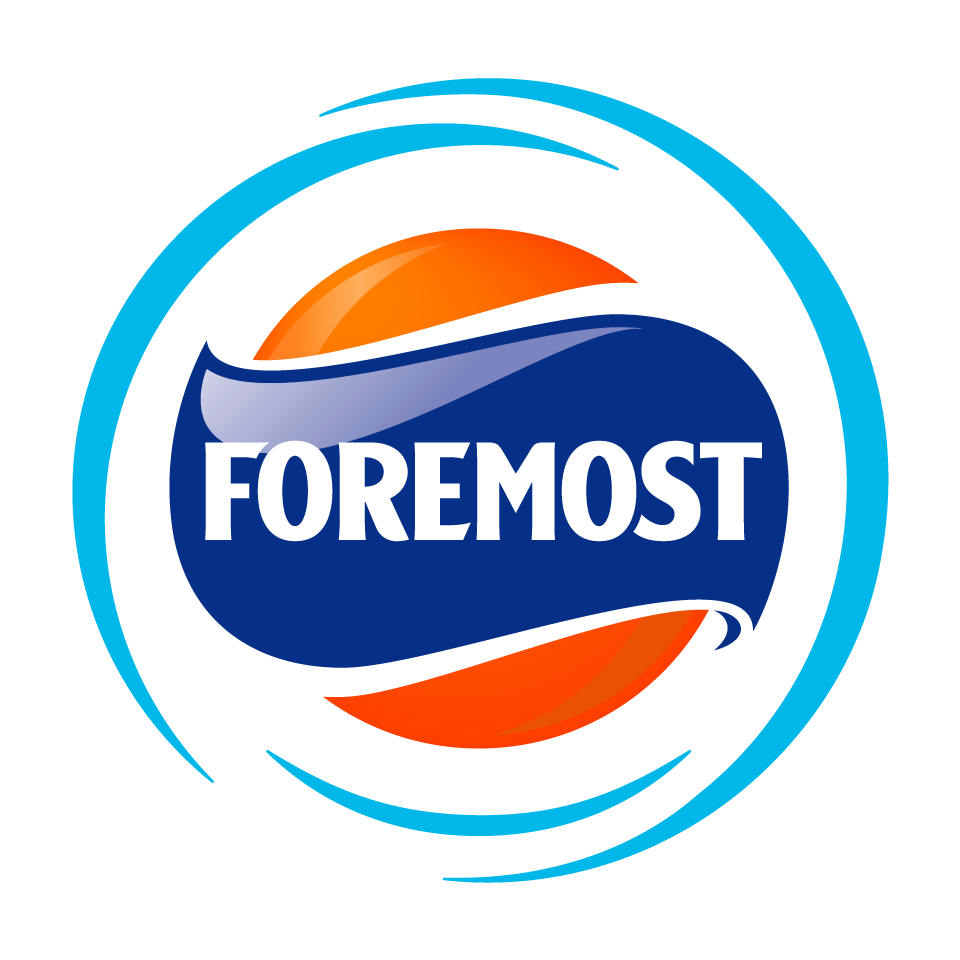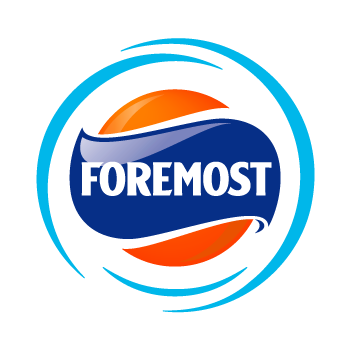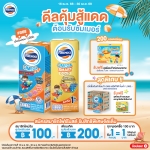The Origin of Foremost
Good day! Have you ever wondered how and when the Foremost brand was born? What the brand has seen and done? Today, we will learn that together!
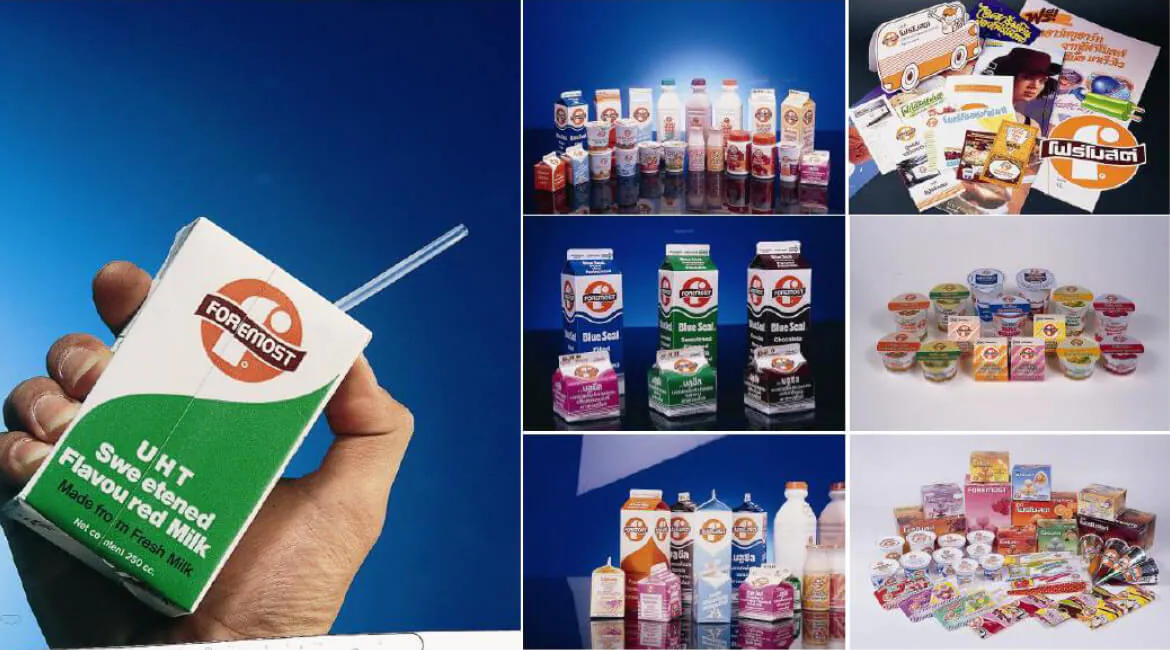
1956 Foremost Dairy Products (Bangkok) Ltd. was registered on the 10th of August to produce and sell ice cream products under the name “Foremost Ice Cream”. The company was located at 99/30 Moo 2 Chaengwattana Rd, Thungsonghong, Laksi, Bangkok 10210
1967 Phranakon Milk Industry Ltd. was registered on the 28th June with 20 MB capital and constructed a factory at 89/2 Moo 8 Soi Watsuansom, Poochaosamingprai Rd, Tambon Samrong Tai, Amphoe Phra Pradaeng, Chang Wat Samut Prakan 10130
1969 In April, the company started producing and selling condensed and sweetened condensed milk products with a production capability of 1.4 million crates annually.
1971 Expanded the production capability to 1.8 million crates annually.
1978 Started the export to Singapore, Hong Kong, Taiwan, Laos, Sri Lanka and Pakistan.
1980 Bought the Alaska Milk Industry Ltd.
1984 Started selling UHT milk products in June.
1985 Phranakon Milk Industry Ltd. changed its name to Foremost Friesland (Thailand) Ltd.
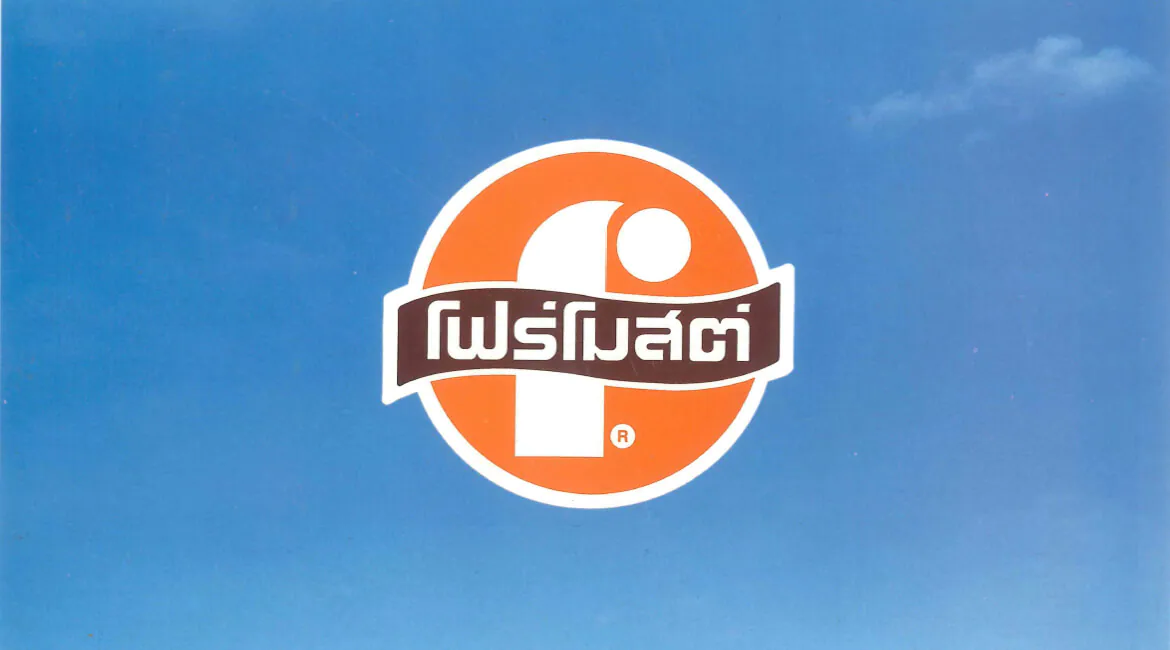
1992 Foremost Dairy Products (Bangkok) Ltd. sold off its ice cream division to Unilever.
1993 In January, the brand started selling “Ovaltine” UHT milk products.
1999 The brand was certified for the HACCP certification by SGS Thailand
2004 The company changed its name to Royal Friesland Foods on the 14th of June and launched “Omega 3” products to the market.
2005 In May, Foremost Friesland (Thailand) Public Company Limited changed its name to Friesland Foods Foremost (Thailand) Public Company Limited
2006 Launched Calcimex Beautiva products in August and in November, Foremost was the only dairy products brand that was ISO 22000:2005 certified by SGS Thailand.
2008 Friesland Foods merged with Campina and formed the Dairy CooperativeFrieslandCampina and The RoyalFrieslandCampina to expand the manufacturing capability and sell to the global market.
2009 Opened a raw milk plant at Samrong factory
2011 The Friesland Foods Foremost (Thailand) Public Company Limited changed its registered name to FrieslandCampina (Thailand) Public Company Limited in May as well as changed the Foremost Dairy Foods (Bangkok) Ltd. to FrieslandCampina Fresh (Thailand) Ltd. according to the guideline of the parent company in the Netherlands.

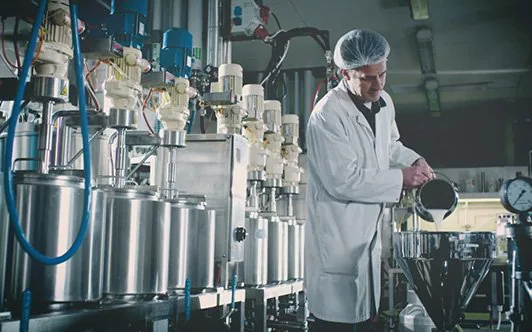
Milk Manufacturing Process
Is it true that the manufacturing process affects the final quality of the milk? What is the most important thing that we should be looking at during manufacturing? One of the factors that dictate the category of a milk product is its exposure to heat during the manufacturing process which can be divided into 3 key categories; sterilized milk which was exposed to the highest amount of heat, UHT milk and pasteurized milk which was exposed to heat but to a lesser extent than sterilized milk during the manufacturing process.
Exposure to heat during the manufacturing process is extremely important in the preservation of milk products as the heat destroys harmful and spoilage-causing microorganisms. Because milk has all the nutrients required for the growth of microorganisms, it is crucial that we provide the required amount of heat to destroy these harmful microorganisms to preserve the milk and make sure we get healthy milk products. Sterilized milk products are usually packaged in metal cans and can be kept for up to 12 months. However, because sterilized milk products were exposed to prolonged heat during manufacturing, there are usually some alterations to their taste, colour and degradation of their vitamin contents. For UHT and pasteurized milk, they are exposed to heat to a lesser extent which results in neglectable alterations to the milk and can be kept for 6-8 months for UHT and 10 days under refrigeration for pasteurized milk.
It should be clear how heat exposure during the manufacturing process affects the preservation and shelve life of milk products by destroying harmful and spoilage-causing microorganisms and how quality control affects the quality and safety of the final milk products. As a result, to make sure that milk products are safe, contain all healthy nutrition and are of the highest quality for consumers, the producers must ensure that highest standards of manufacturing processes are practiced.
